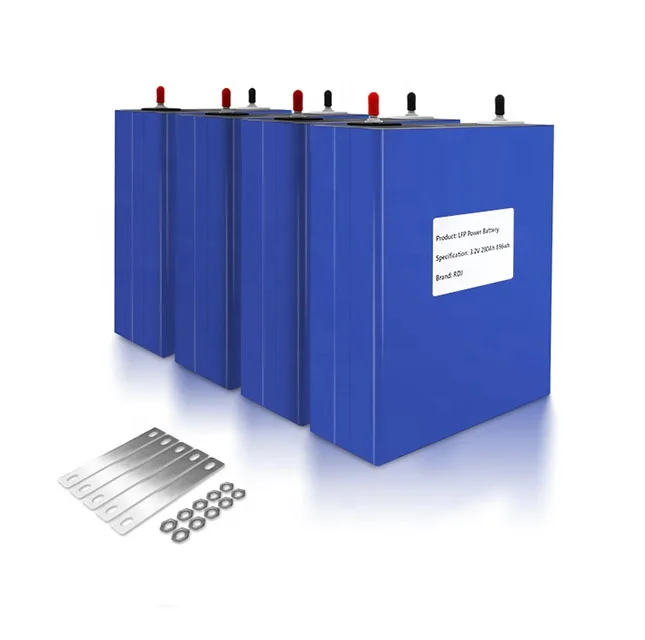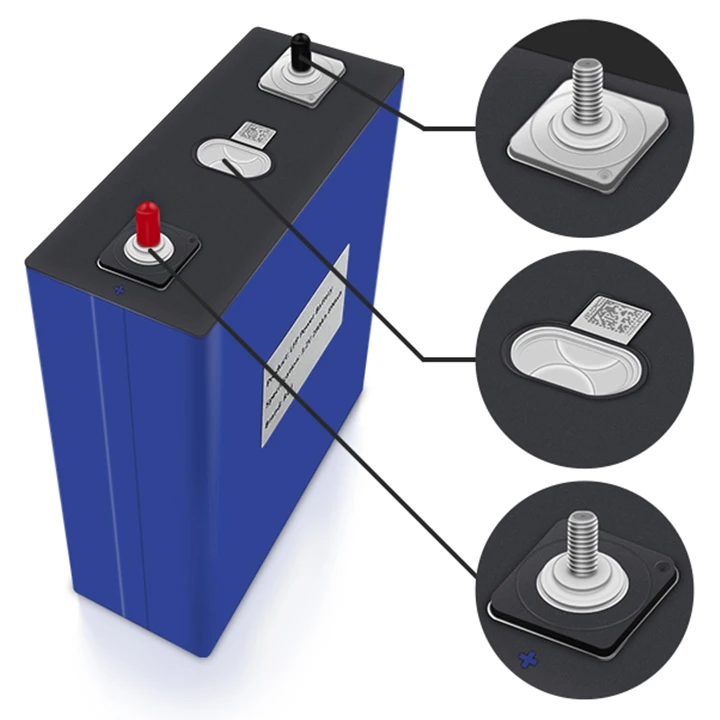Introduction: When using lithium batteries, it should be noted that after being left for a period of time, the battery enters a sleep state. At this time, the capacity is lower than the normal value, and the usage time is also shortened. But lithium batteries are easy to activate, as they can be activated and restored to normal capacity after 3-5 normal charging and discharging cycles. Due to the inherent characteristics of lithium batteries, they have almost no memory effect.
When using lithium batteries, it should be noted that after being left for a period of time, the battery enters a sleep state. At this time, the capacity is lower than the normal value, and the usage time is also shortened. But lithium batteries are easy to activate, as they can be activated and restored to normal capacity after 3-5 normal charging and discharging cycles. Due to the inherent characteristics of lithium batteries, they have almost no memory effect. Therefore, the new lithium battery in the user’s phone does not require special methods or devices during the activation process. Not only in theory, but from my own practice, it is best to use the standard method of charging from the beginning, which is a “natural activation” method.
There are many sayings about the “activation” issue of lithium batteries: the charging time must exceed 12 hours and be repeated three times in order to activate the battery. The statement that the first three charges require more than 12 hours of charging is clearly a continuation of nickel batteries (such as nickel cadmium and nickel hydrogen). So this statement can be said to have been a misunderstanding from the beginning. The charging and discharging characteristics of lithium batteries and nickel batteries are very different, and it can be very clear that all the serious formal technical materials I have consulted emphasize that overcharging and overcharging can cause huge damage to lithium batteries, especially liquid lithium-ion batteries. Therefore, it is best to charge according to standard time and methods, especially do not charge for more than 12 hours. Usually, the charging method introduced in the user manual is the standard charging method.
At the same time, long-term charging requires a long time and often needs to be carried out at night. Based on the situation of China’s power grid, the voltage at night in many places is relatively high and fluctuates greatly. As mentioned earlier, lithium batteries are very delicate, and their ability to withstand fluctuations in charge and discharge is much worse than nickel batteries, which brings additional risks.
In addition, another aspect that cannot be ignored is that lithium batteries are also not suitable for over discharge, and over discharge is also detrimental to lithium batteries.
Lithium Battery. png
Lithium batteries, nickel hydrogen batteries, lithium battery chargers, nickel hydrogen battery chargers
Steps/Methods
When should charging start during normal use
This statement is often seen on forums, as the number of charges and discharges is limited, the battery should be used up as much as possible before charging. But I found an experimental table about the charging and discharging cycles of lithium-ion batteries, and the data on cycle life is listed as follows:
Cycle life (10% DOD):>1000 cycles
Cycle life (100% DOD):>200 cycles
DOD is the English abbreviation for discharge depth. From the table, it can be seen that the number of rechargeable times is related to the depth of discharge, and the cycle life at 10% DOD is much longer than that at 100% DOD. Of course, if we take into account the actual total charging capacity: 10% * 1000=100100% * 200=200, the complete charging and discharging of the latter is still better. However, the previous statement from netizens needs to be corrected: under normal circumstances, you should charge according to the principle of using up the remaining battery power before charging. However, if your battery cannot last for two hours on the second day, you should start charging in a timely manner, Of course, if you are willing to carry a charger to the office, that’s another matter.
When you need to charge to cope with expected inconvenience or conditions that do not allow charging, even when there is still a lot of remaining battery charge, you just need to charge in advance because you have not truly lost “1″ charging cycle life, which is only “0. x” times, and often this x will be very small.
The principle of using up the remaining battery power before recharging is not to take you to extremes. A widely circulated saying, similar to long-term charging, is “try to use up the battery as much as possible, and it is best to use automatic shutdown.”. This approach is actually just a practice on nickel batteries, aimed at avoiding memory effects. Unfortunately, it has also been passed down on lithium batteries to this day. Due to excessive discharge of the battery, the voltage is too low to meet normal charging and startup conditions.
Post time: Mar-16-2024


